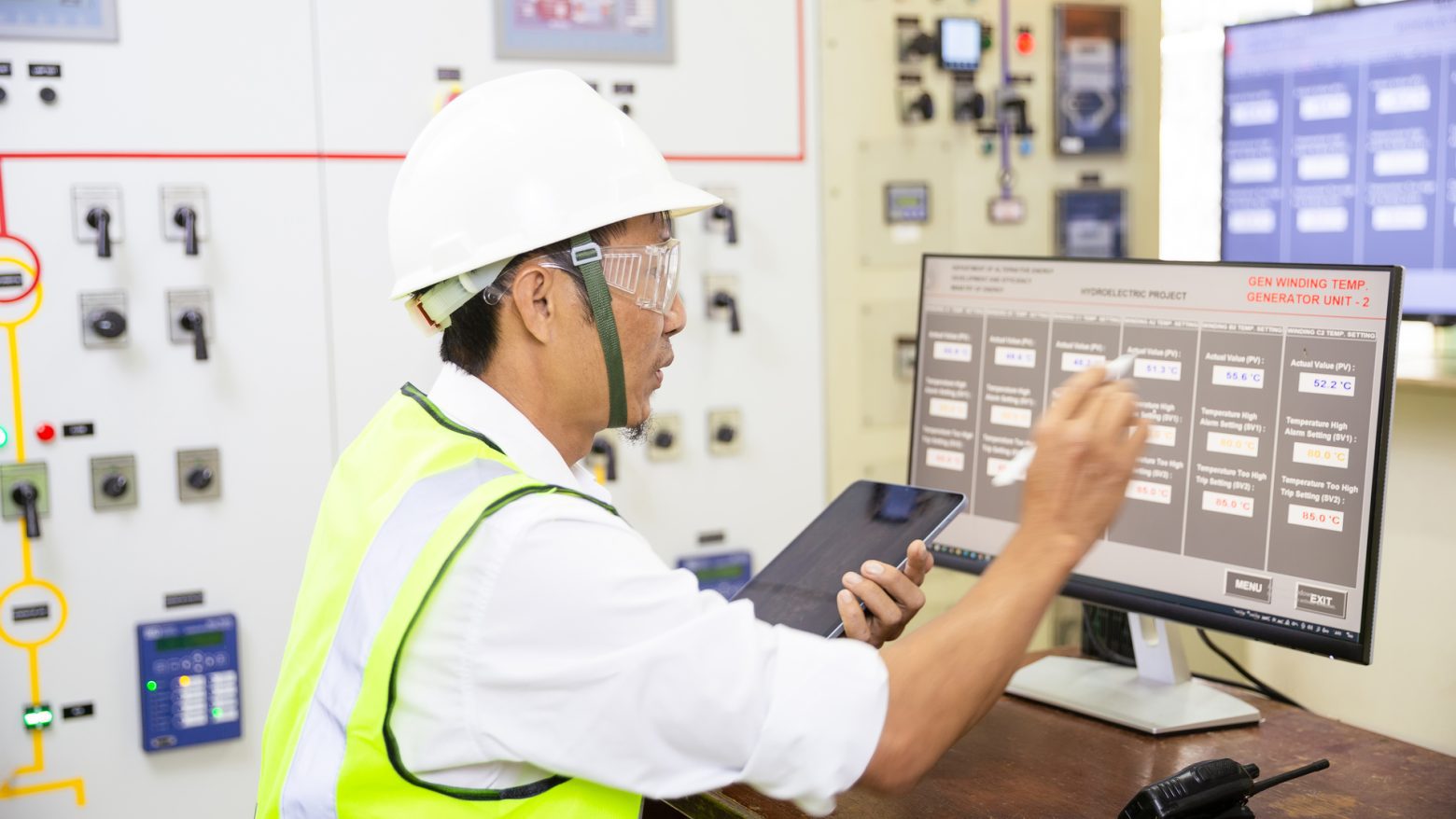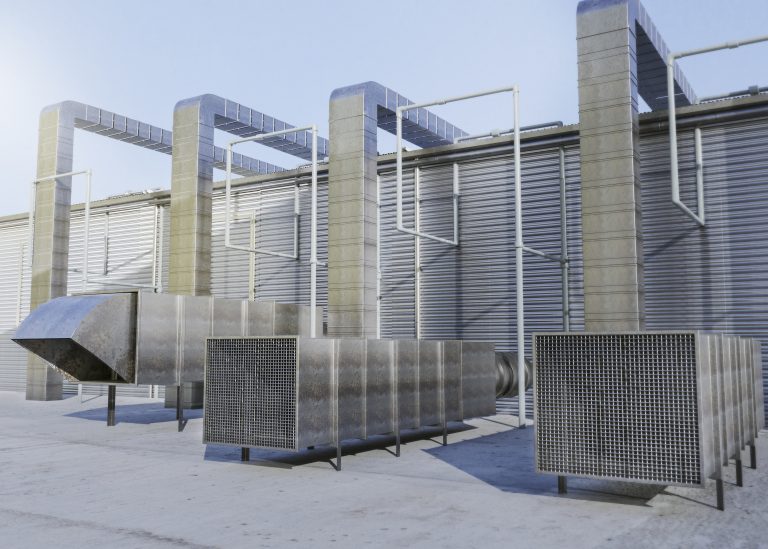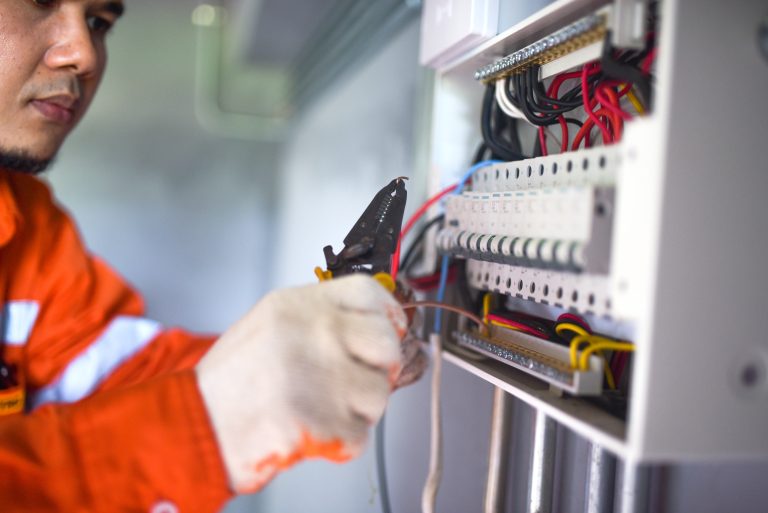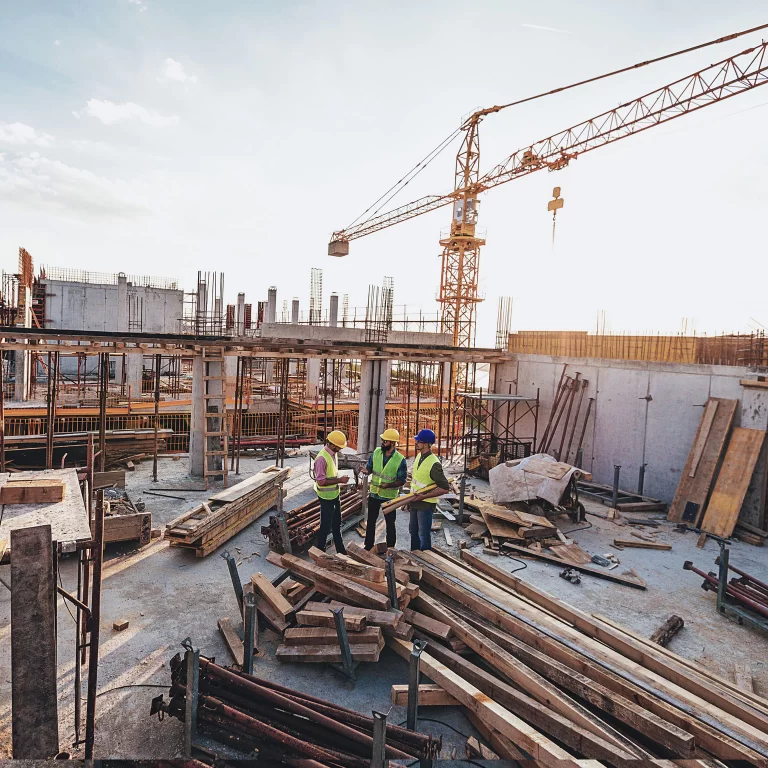The Future of MEP Services in Dammam: Trends and Innovations
In the rapidly evolving cityscape of Dammam, the MEP (Mechanical, Electrical, and Plumbing) services industry stands at the cusp of a revolution, propelled by a blend of technological advancements and a growing emphasis on sustainability. As the construction sector in Saudi Arabia continues to expand, the demand for innovative MEP solutions that cater to energy efficiency, environmental sustainability, and technological integration has never been higher. This article explores the key trends and innovations shaping the future of MEP services in Dammam.
Sustainability at the Core
Sustainability is no longer a buzzword but a crucial criterion driving MEP services. Dammam, in its quest to become a sustainable city, is witnessing a surge in green buildings and eco-friendly projects. MEP services are at the heart of this transformation, focusing on energy-efficient systems, water conservation techniques, and the use of renewable energy sources. The integration of solar PV systems in new constructions is a testament to Dammam’s commitment to sustainable development.
Technological Integration
The digital transformation of the MEP industry is underway, with Building Information Modeling (BIM) leading the charge. BIM’s ability to create detailed digital representations of physical and functional characteristics of facilities has revolutionized MEP services, enhancing efficiency, and reducing costs. Furthermore, the adoption of IoT (Internet of Things) and AI (Artificial Intelligence) in building management systems (BMS) has enabled real-time monitoring and management of MEP services, ensuring optimal performance and energy usage.
Smart MEP Solutions for Smart Buildings
As Dammam embraces the concept of smart buildings, MEP services are evolving to incorporate smart solutions. Smart lighting, HVAC systems, and water management systems that can be remotely controlled and monitored are becoming standard. These smart MEP solutions not only contribute to the building’s efficiency but also enhance the comfort and safety of its occupants.
Challenges and Opportunities
While the future looks promising, there are challenges to navigate. The integration of new technologies and sustainability practices requires skilled professionals who are adept at handling modern MEP systems. Moreover, regulatory frameworks need to keep pace with technological advancements to facilitate the adoption of innovative solutions. However, these challenges also present opportunities for training and development, and for regulatory bodies to foster an environment that encourages innovation.
Conclusion
The future of MEP services in Dammam is bright, with sustainability and technology being the key drivers of change. As the city continues to grow, the MEP industry will play a pivotal role in shaping its buildings and infrastructure, making them more efficient, sustainable, and ready for the future. For professionals in the construction and MEP sectors, staying abreast of these trends and innovations is essential to remain competitive and contribute to the city’s vision of sustainable development.







